

Prototyping is so important in the design process! It helps designers to visualize their ideas and make changes before finalizing a product. Without prototyping, it would be hard to identify potential problems and come up with solutions. Prototyping allows designers to test different concepts and gather feedback from users. This can lead to better designs that meet the needs of customers. So, not using prototyping in the design process can result in wasted time and money. extra information offered go to it. Gain access to additional details check this. In conclusion, prototyping is super essential for creating successful products!
When it comes to creative design, there are various types of prototypes that can be used to bring ideas to life. From low-fidelity sketches and wireframes to high-fidelity interactive prototypes, each type serves a different purpose in the design process.
Low-fidelity prototypes, like rough sketches or paper mockups, are great for quickly exploring different ideas and concepts without investing too much time or resources. They allow designers to get feedback early on and make changes easily before moving on to more detailed designs.
On the other hand, high-fidelity prototypes provide a more polished representation of the final product, allowing stakeholders to see how the design will look and function in real life. These prototypes often include interactive elements like buttons and animations, giving users a realistic experience of the final product.
Regardless of the type of prototype used, they all play a crucial role in the creative design process by helping designers test their ideas, gather feedback from users, and iterate on their designs until they achieve the desired result. So next time you're working on a creative project, don't forget to consider using different types of prototypes to bring your ideas to life!
Picasso exhibited amazing artistic skill coming from an early grow older, storing his 1st craft event at merely thirteen years old and also could attract just before walking.
Egyptian hieroglyphs, some of the earliest recognized composing systems, regularly utilized emblematic art to exemplify foreign language and communication.
"The Scream" through Edvard Munch is commonly misinterpreted; the figure is actually recognizing a howl coming from character, certainly not yelling itself.
Banksy's " Lady Along with Balloon" once shredded itself after being actually cost public auction for $1.4 million, instantaneously becoming a grand statement on craft's impermanence as well as commercialization.
Color theory plays a crucial role in creative design by using colors to evoke emotions and convey messages.. Colors have the power to influence how we feel and perceive things, which is why they are such an important aspect of design.
By understanding color theory, designers can create visually appealing designs that effectively communicate their intended message.

Posted by on 2024-04-24
Creating a successful creative design campaign involves a lot of steps, but one of the most important is to monitor and analyze campaign performance.. This helps to see what is working well and what needs improvement.
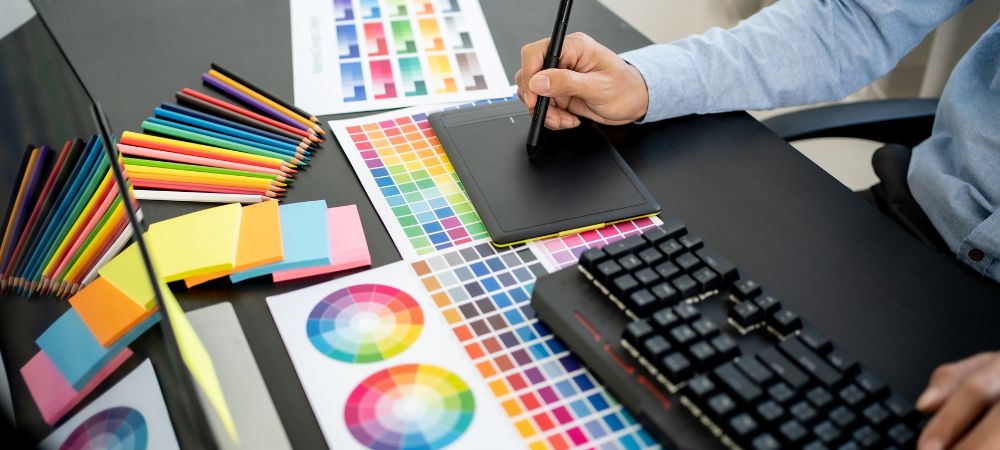
Posted by on 2024-04-24
So, when you're getting ready to show off your design to your audience, there's a few things you can do to make sure it really pops.. First off, don't just settle for the first draft - take the time to refine and polish your work.
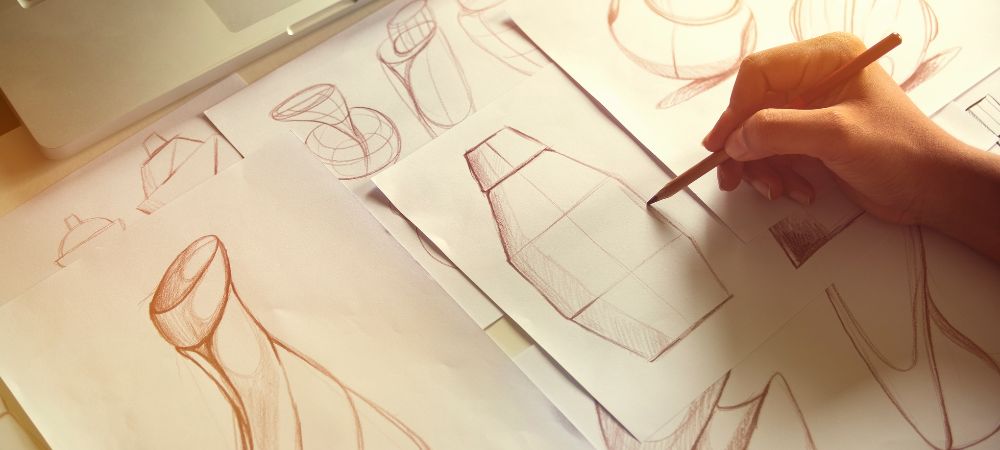
Posted by on 2024-04-24
Alright, so let's talk about how to cultivate a mindset of curiosity and openness to new ideas when it comes to inspiring creativity in your design work.. It's super important to always be open to new ideas and curious about different perspectives.
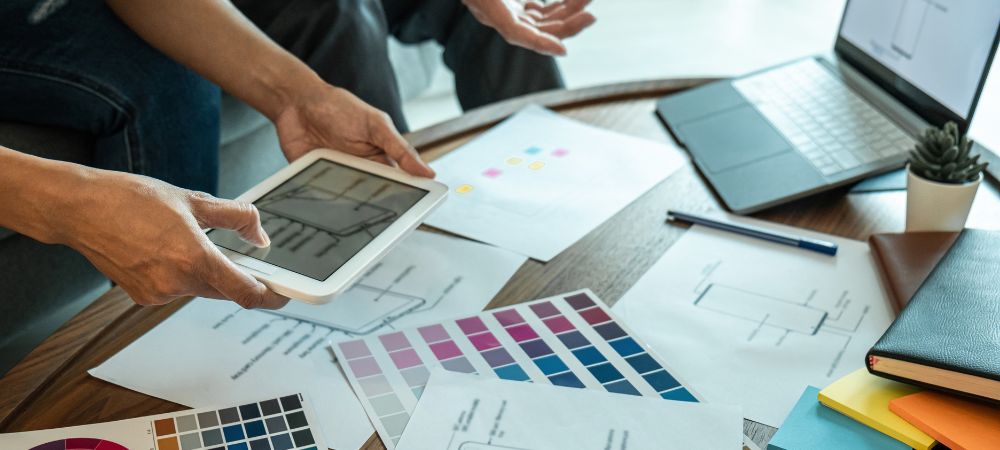
Posted by on 2024-04-24
When it comes to crafting stunning visuals that truly grab the audience's attention, there is no denying the impact they can have.. From vibrant colors to dynamic compositions, these visuals play a crucial role in capturing and maintaining the viewer's interest.
One of the key techniques for creating visually striking content is to pay attention to detail.

Posted by on 2024-04-24
Color theory is like, super important in graphic design, you know?. It can totally make or break a design.
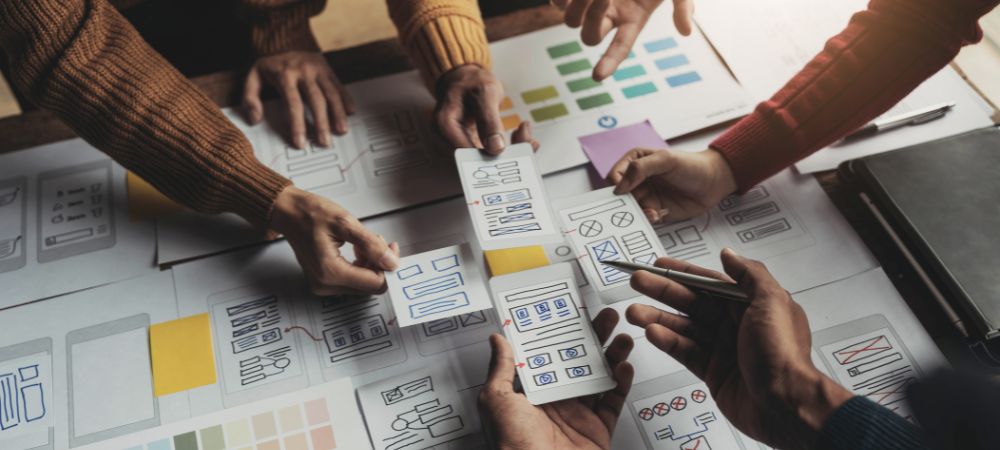
Posted by on 2024-04-24
Prototyping is super important when it comes to testing and making changes to a product or design. It helps us see what works and what doesn't work without having to spend a lot of time and money. Without prototyping, we may end up wasting resources on ideas that aren't going to be successful in the long run.
One of the biggest benefits of prototyping is that it allows us to get feedback from users early on in the process. This can help us make improvements before we invest too much time and energy into something that might not be well-received. By getting input from real people, we can ensure that our final product meets their needs and expectations.
Another advantage of prototyping is that it gives us a chance to experiment with different ideas and solutions. We can try out new features, layouts, and functionalities without committing to them permanently. This flexibility allows us to explore different possibilities and find the best way forward.
In conclusion, prototyping is essential for testing and iterating on designs because it helps us gather feedback, experiment with ideas, and make informed decisions. Without this valuable tool, we would be left guessing about what works best for our users. So let's embrace prototyping as a powerful ally in our design process!

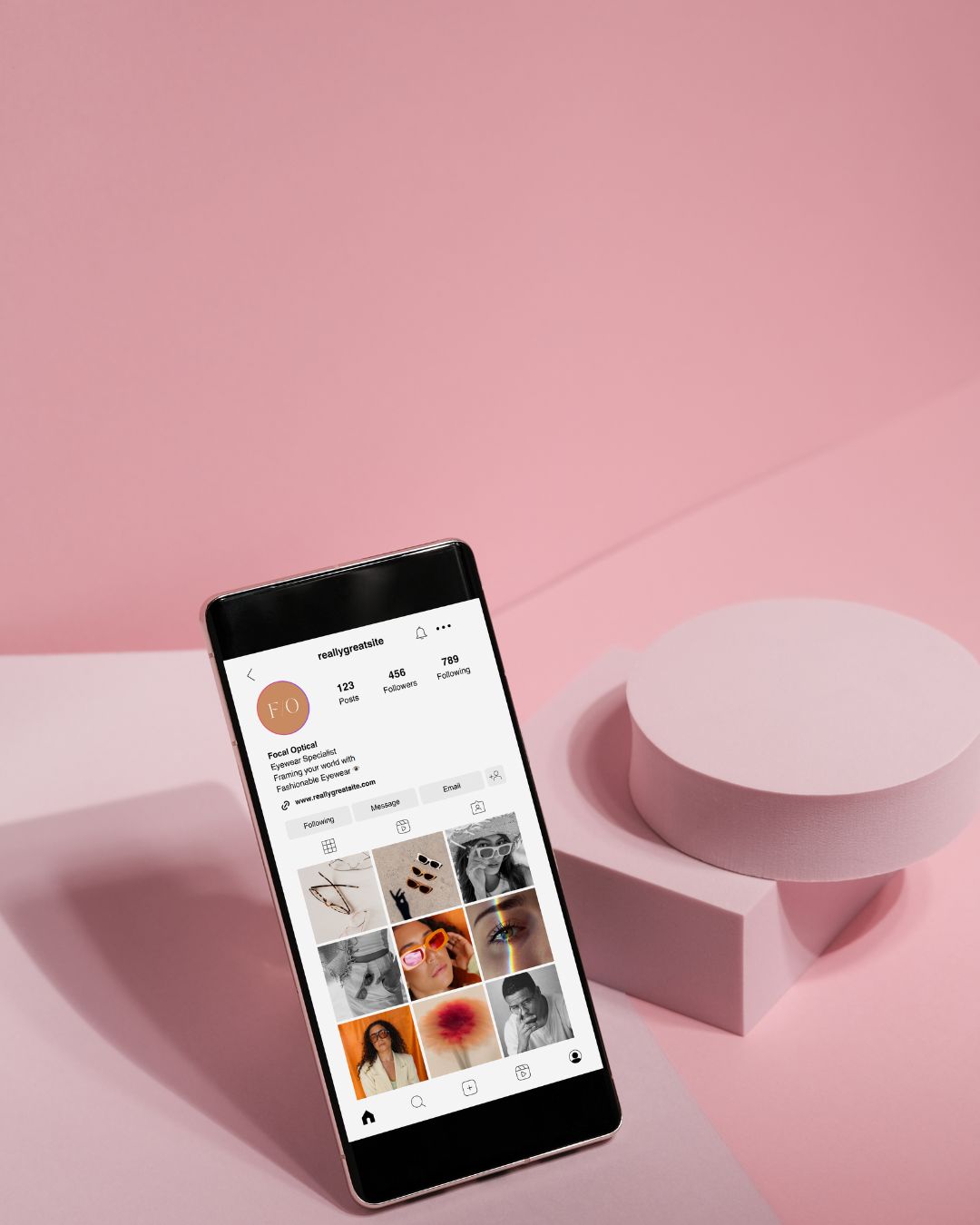
When it comes to prototyping, there are a variety of tools and techniques that can be used to bring your ideas to life. These tools help designers visualize their concepts in a tangible way, allowing them to test and iterate on their designs before moving forward with production.
One popular tool for creating prototypes is computer-aided design (CAD) software, which allows designers to create digital models of their products. CAD software makes it easy to quickly make changes and adjustments to the design without having to start from scratch. Additionally, 3D printers can be used to create physical prototypes from these digital models, giving designers a hands-on look at what their final product will look like.
In addition to digital tools, traditional prototyping techniques such as sketching and paper prototyping can also be effective ways to quickly generate ideas and test different design options. Sketching allows designers to quickly explore different concepts without getting bogged down in details, while paper prototyping involves creating low-fidelity mockups of a product using simple materials like paper and cardboard.
Overall, utilizing a combination of digital tools and traditional techniques can help designers create prototypes that accurately represent their ideas and allow for efficient testing and iteration. By taking advantage of these tools and techniques, designers can save time and resources by identifying potential issues early in the design process before moving on to full-scale production.
When it comes to prototyping in creative design, case studies can provide valuable insights into successful uses of this technique. These studies show how designers have utilized prototyping to test ideas, gather feedback, and refine their designs before final production.
One example is the case study of a furniture designer who used rapid prototyping to create multiple iterations of a chair design. By quickly producing physical models, the designer was able to see how different materials and shapes worked together and make adjustments accordingly. This iterative process resulted in a final product that was not only aesthetically pleasing but also functional and comfortable.
Another case study involves a graphic designer who used digital prototypes to explore various layouts and color schemes for a website redesign project. By testing these prototypes with users, the designer was able to identify potential usability issues early on and make necessary changes before launching the new site. The end result was a user-friendly interface that met both the client's goals and the needs of its target audience.
Overall, these case studies demonstrate the importance of prototyping in creative design. By allowing designers to experiment, iterate, and receive feedback throughout the design process, prototyping can lead to more successful outcomes and ultimately save time and resources in the long run.
When it comes to prototyping in the design process, there are definitely some challenges and limitations that can come into play. One major challenge is the time it takes to create a prototype. It can be quite time-consuming and labor-intensive to develop a physical representation of a design concept. Additionally, there may be limitations in terms of resources available for prototyping, such as limited access to materials or equipment.
Another challenge is the potential for errors or inaccuracies in the prototype. It's important to remember that a prototype is just a rough draft of the final product, so there may be issues with functionality or aesthetics that need to be addressed.
Furthermore, communication can also be a limitation when it comes to prototyping. It can be difficult to convey all aspects of a design concept through a physical model, leading to misunderstandings or misinterpretations.
Despite these challenges and limitations, prototyping is still an essential part of the design process. It allows designers to test out their ideas in a tangible way and gather feedback from stakeholders. By recognizing and addressing these challenges, designers can improve their prototyping process and ultimately create better designs. So don't let these obstacles discourage you - keep pushing forward and learning from each iteration!